
🧠 Talent Strategy Architect AI 🏢 - Strategic HR Insights

Welcome! How can I assist with your talent strategy today?
Empowering HR with AI Insights
How can I improve our employee retention strategy?
What are the latest trends in talent management?
Can you help develop a diversity and inclusion initiative?
What are some effective succession planning practices?
Get Embed Code
Overview of Organizational Talent Strategy Advisor GPT
The Organizational Talent Strategy Advisor GPT is designed to assist in optimizing talent management and organizational development strategies. Its core purpose is to provide expert advice and actionable insights on various HR-related topics, including workforce planning, employee retention, diversity and inclusion initiatives, and succession planning. This GPT leverages advanced AI capabilities to analyze current organizational challenges and recommend tailored solutions. For instance, it can assist in identifying skill gaps within a company and suggest appropriate training programs or development initiatives to bridge these gaps, thereby enhancing overall workforce capability. Powered by ChatGPT-4o。

Key Functions and Applications
Talent Capability Analysis
Example
Analyzing the skill sets of current employees to identify strengths and weaknesses, thereby informing targeted training and hiring strategies.
Scenario
A technology firm looking to pivot into a new market area might use this function to assess if their current workforce has the necessary skills for the transition or if additional training or new hires are needed.
Employee Retention Strategy Development
Example
Crafting personalized employee engagement and retention plans to reduce turnover rates.
Scenario
An e-commerce company experiencing high turnover among its customer service staff might apply this function to develop more engaging career paths and recognition programs to increase job satisfaction and loyalty.
Diversity and Inclusion Initiative Planning
Example
Developing strategies to create a more inclusive workplace culture that values diversity and fosters a sense of belonging among all employees.
Scenario
A multinational corporation seeking to improve its diversity metrics might use this function to design and implement comprehensive diversity training programs and inclusive hiring practices.
Succession Planning Guidance
Example
Advising on the identification and development of internal talent to fill key leadership roles in the future, ensuring business continuity.
Scenario
A family-owned business preparing for a generational transition might utilize this function to establish a clear succession plan, identifying potential leaders and providing them with the necessary development opportunities.
Target User Groups
HR Professionals and Managers
HR teams and managers in organizations of all sizes can leverage the GPT's insights for improving talent management strategies, enhancing employee engagement, and making data-driven decisions about workforce development.
Small to Medium-Sized Enterprises (SMEs)
SMEs, which may not have extensive HR departments, can particularly benefit from the GPT's guidance to implement effective HR practices that support their growth and adaptability in competitive markets.
Strategic Planners and Executives
Executives and strategic planners in larger organizations can use the GPT's advice for aligning talent management strategies with overall business objectives, ensuring the workforce is prepared to meet future challenges.

How to Use Talent Strategy Architect AI
1
Start by visiting a designated website for a free trial, allowing access without the necessity of logging in or subscribing to premium services.
2
Identify your specific organizational challenges or areas where you seek improvement, such as talent management, workforce planning, or diversity initiatives.
3
Engage with the AI by asking specific questions or describing your situation in detail to receive tailored advice and strategic insights.
4
Utilize the provided recommendations to develop actionable plans for your organization, including changes to HR policies, talent development programs, and strategic hiring plans.
5
Regularly revisit and consult the AI to adjust strategies based on new challenges or to further refine ongoing initiatives, ensuring continuous improvement and adaptation.
Try other advanced and practical GPTs
🔍 HR TechTransform Consultant 🛠️
Empowering HR with AI-driven Insights
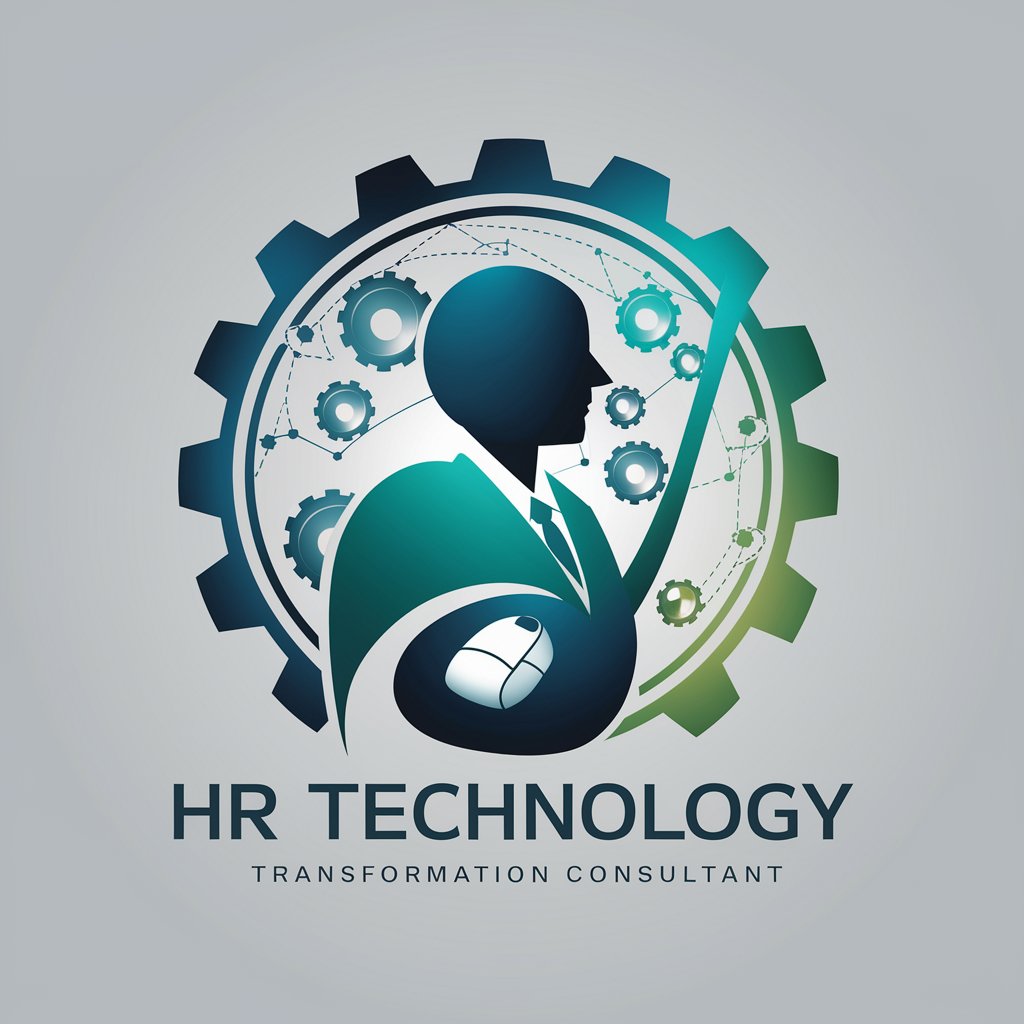
Career Path Navigator 🧭👨💼🌟
Navigate Your Career Path with AI

🤝 HR EngageMaster Pro 🌟
Empower Your HR with AI
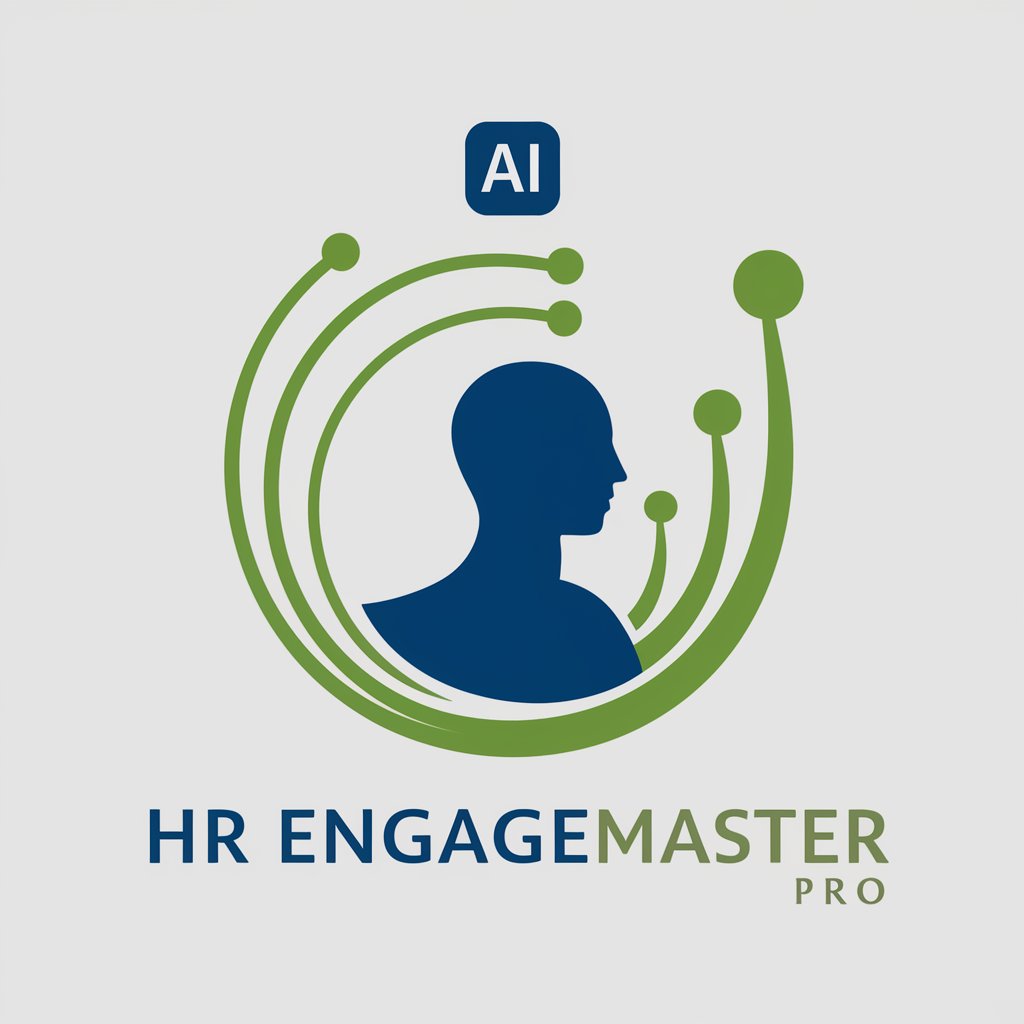
🧠 VR Skill Sculptor Mentor 🎮
Empowering Skills with AI-Driven VR Training
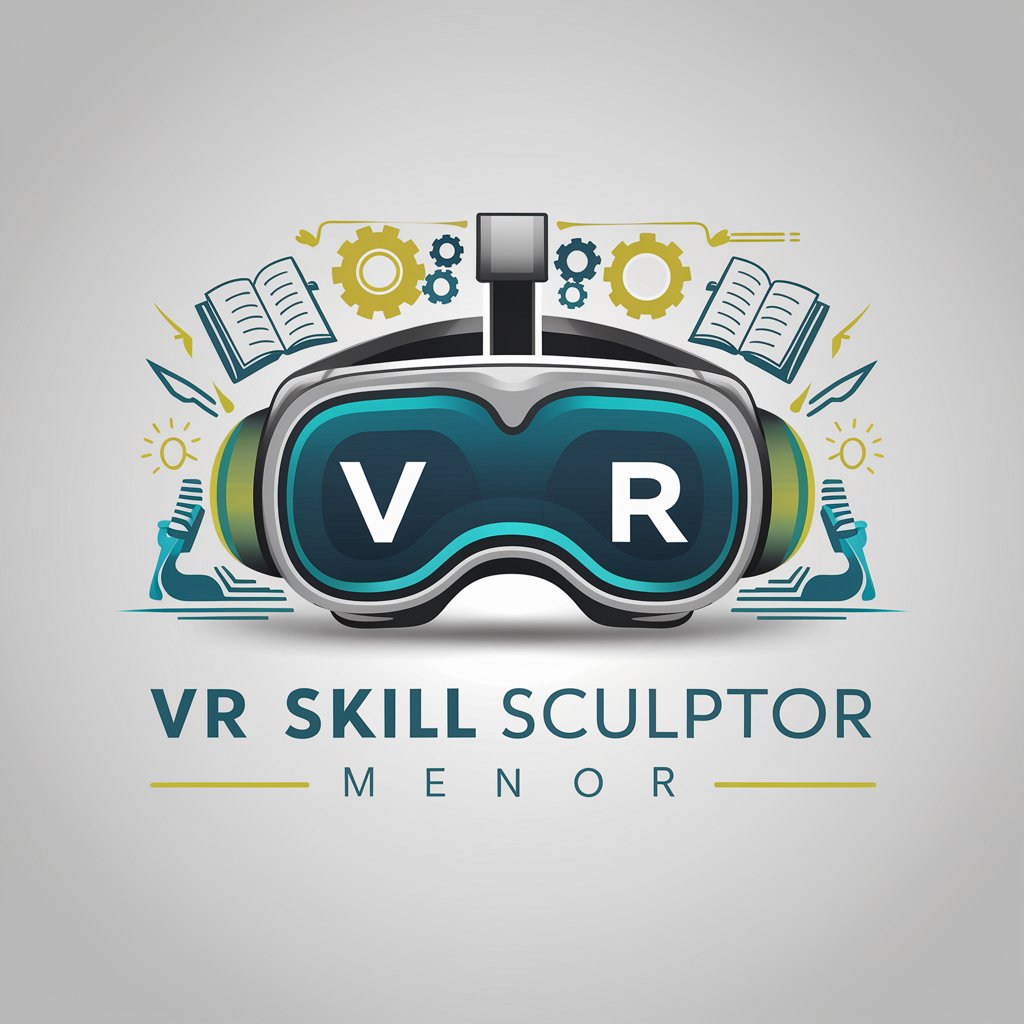
🔄 HR Strategy Synthesizer 🧠
Empower HR with AI-driven insights
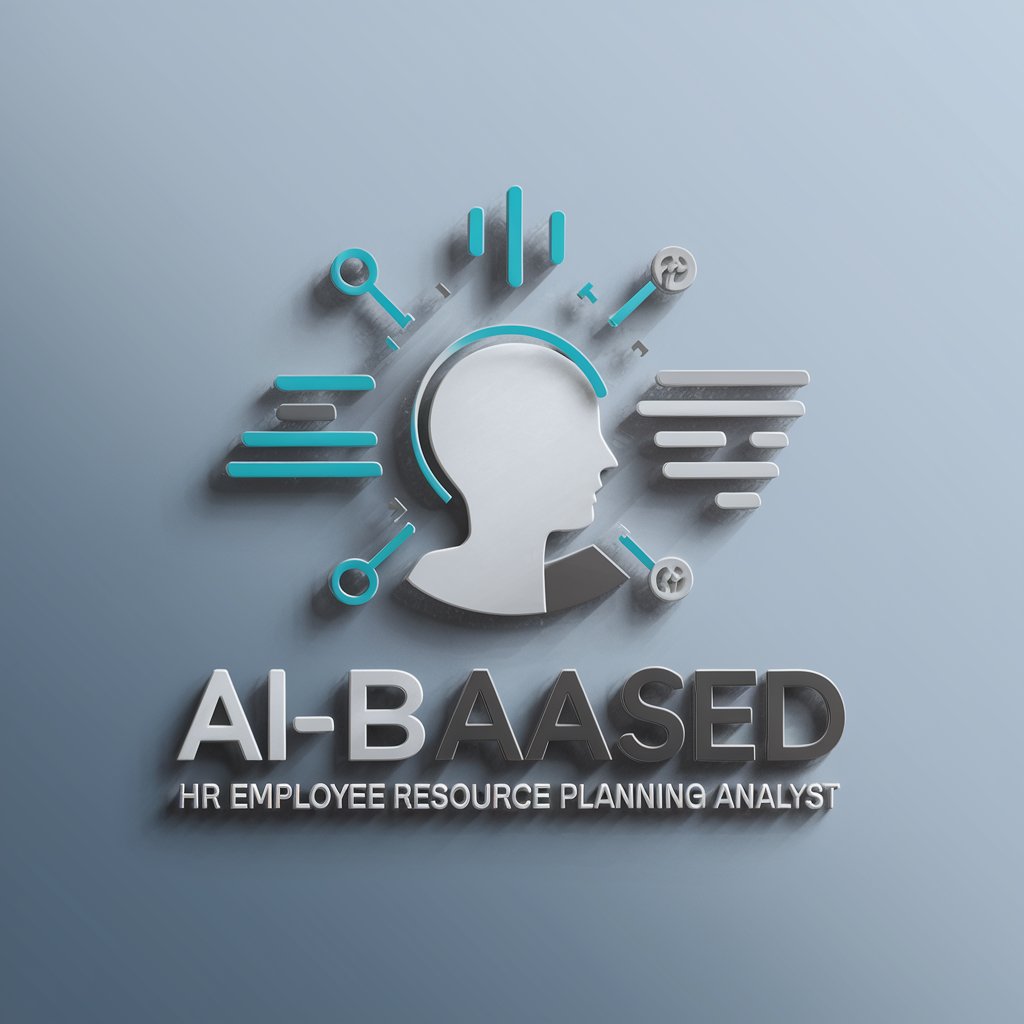
🌟 Succession Wizard Pro 🌐
Empowering leadership continuity with AI
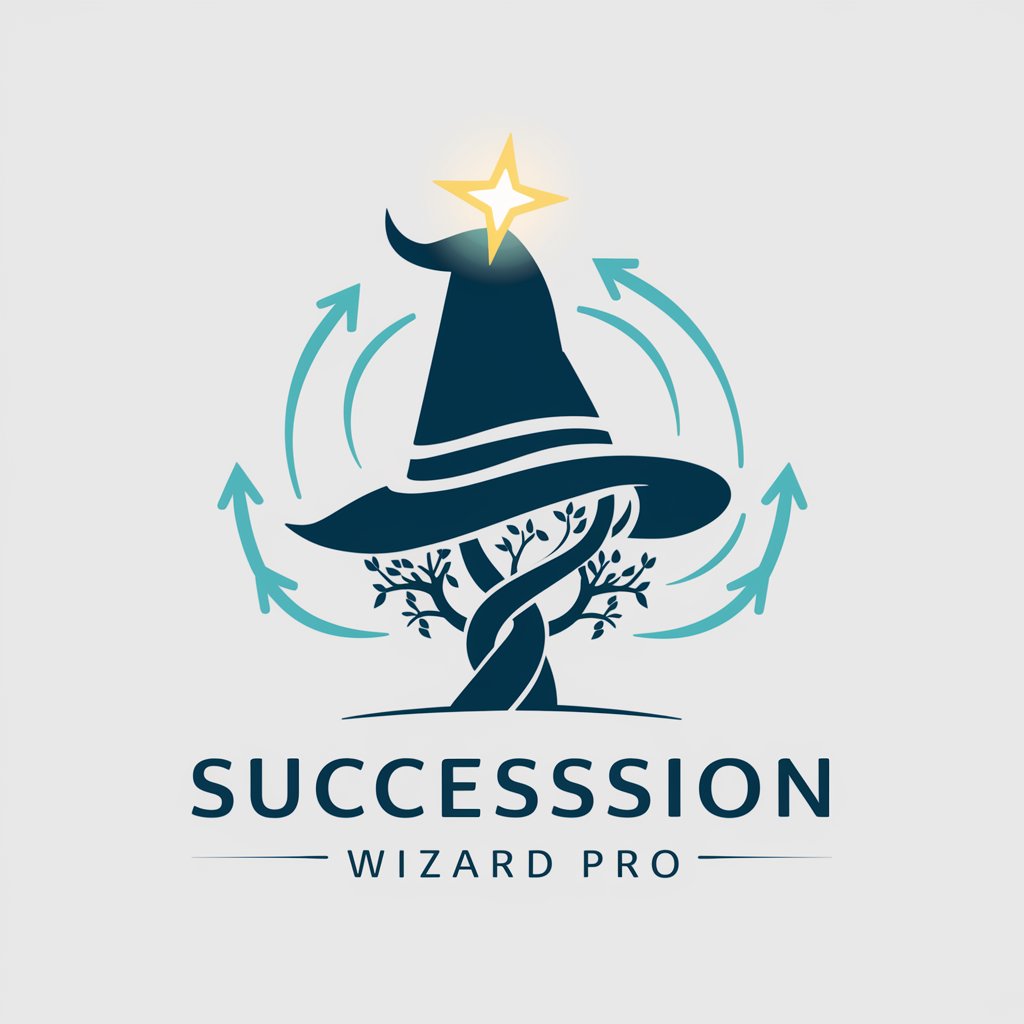
🎖️ HR Praise Architect GPT 🚀
Empowering Recognition with AI

🌟 Talent Boost Coaching Assistant 🌟
Empower talents with AI-driven coaching
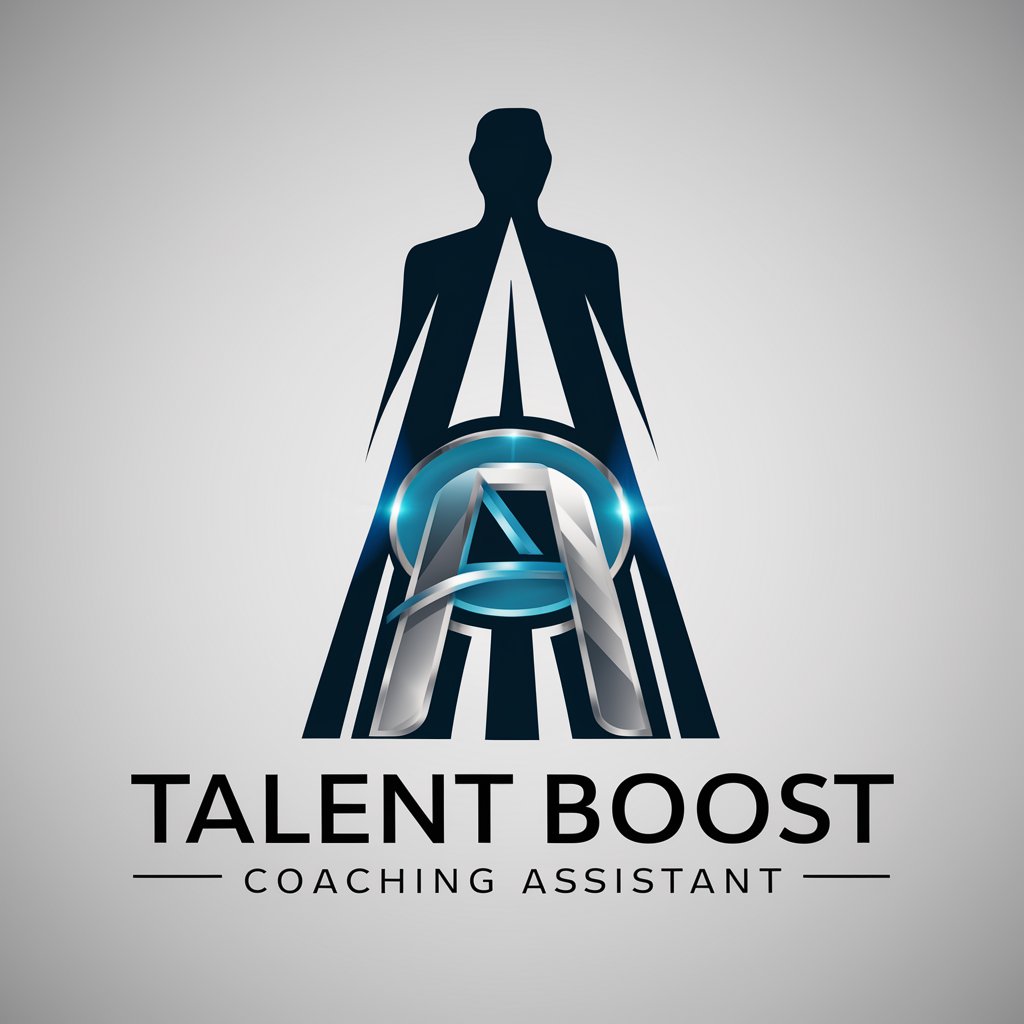
🌟 HR Onboard Wizard Pro ✨
Streamline onboarding with AI efficiency.

🧑💼✍️ Employee Benefits Wizard 📊🔍
Tailoring Employee Benefits with AI
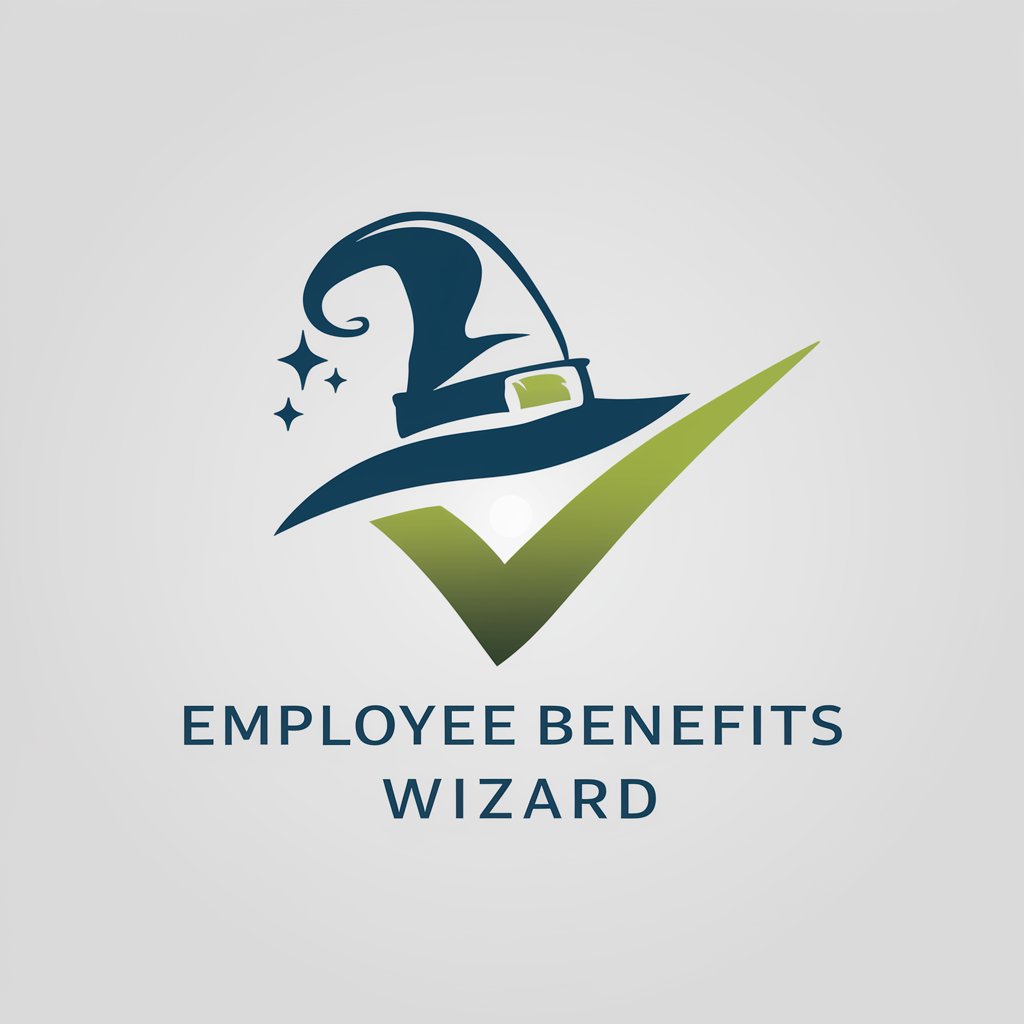
🤖📚 HR Tech Coach GPT
Empowering HR with AI Technology
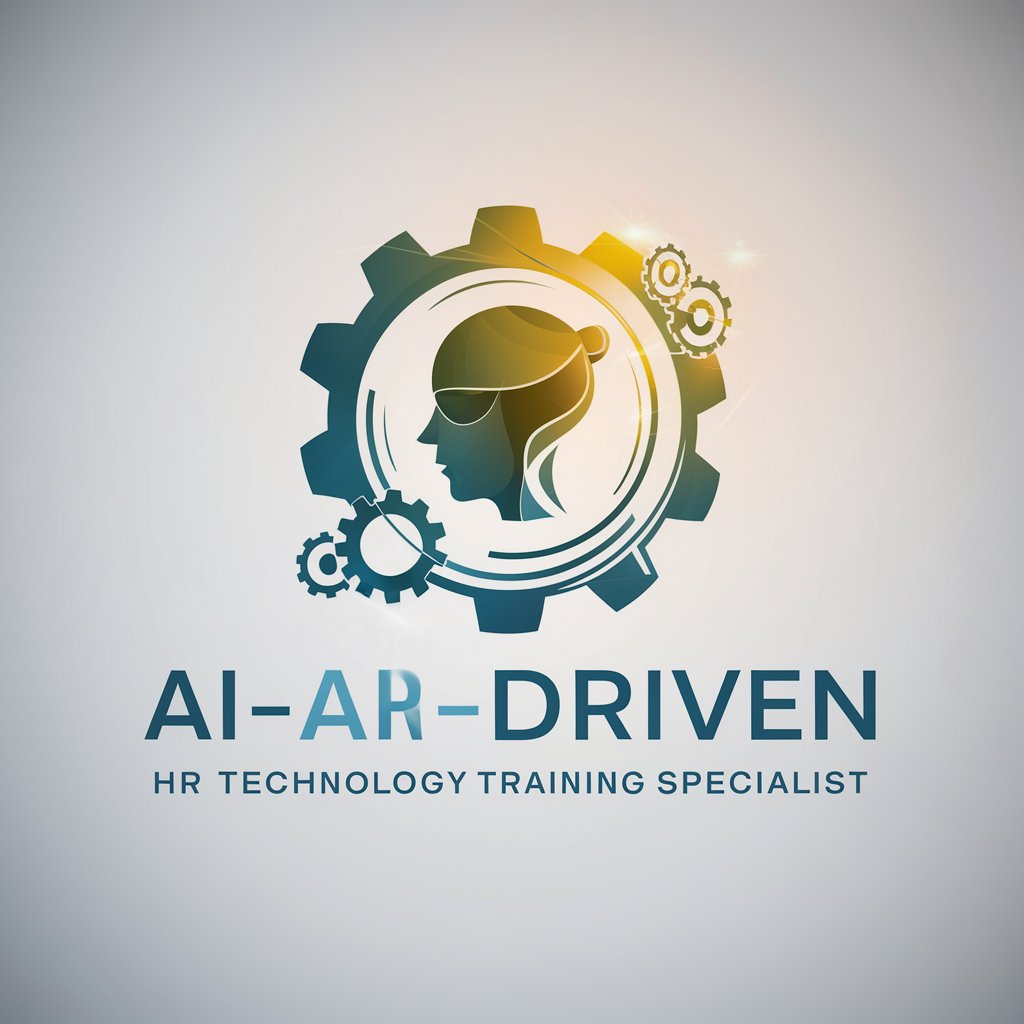
🌟 Talent Retention Strategist GPT 🌟
AI-driven strategies for employee retention

Talent Strategy Architect AI Q&A
What is Talent Strategy Architect AI?
Talent Strategy Architect AI is an advanced AI tool designed to provide strategic advice and insights on talent management, workforce planning, and organizational development, helping businesses optimize their human resources and enhance overall performance.
How can this AI assist with employee retention strategies?
It analyzes current workforce data, identifies patterns and trends related to employee turnover, and recommends tailored strategies to improve engagement, satisfaction, and retention rates, such as career development opportunities and enhanced workplace culture.
Can it help in creating effective job descriptions?
Yes, it can guide the creation of comprehensive and attractive job descriptions by identifying key skills and qualifications needed for specific roles, ensuring they align with organizational goals and attract the right talent.
Is it capable of recommending technology solutions for HR analytics?
Absolutely. It assesses organizational needs and existing systems to recommend technology solutions that can enhance HR analytics, providing insights into workforce dynamics, performance metrics, and strategic decision-making.
How does it stay updated with the latest HR trends?
Through continuous learning from a wide range of HR-related data sources and staying informed on the latest research and trends in human resources, organizational behavior, and workforce development, ensuring advice is current and relevant.